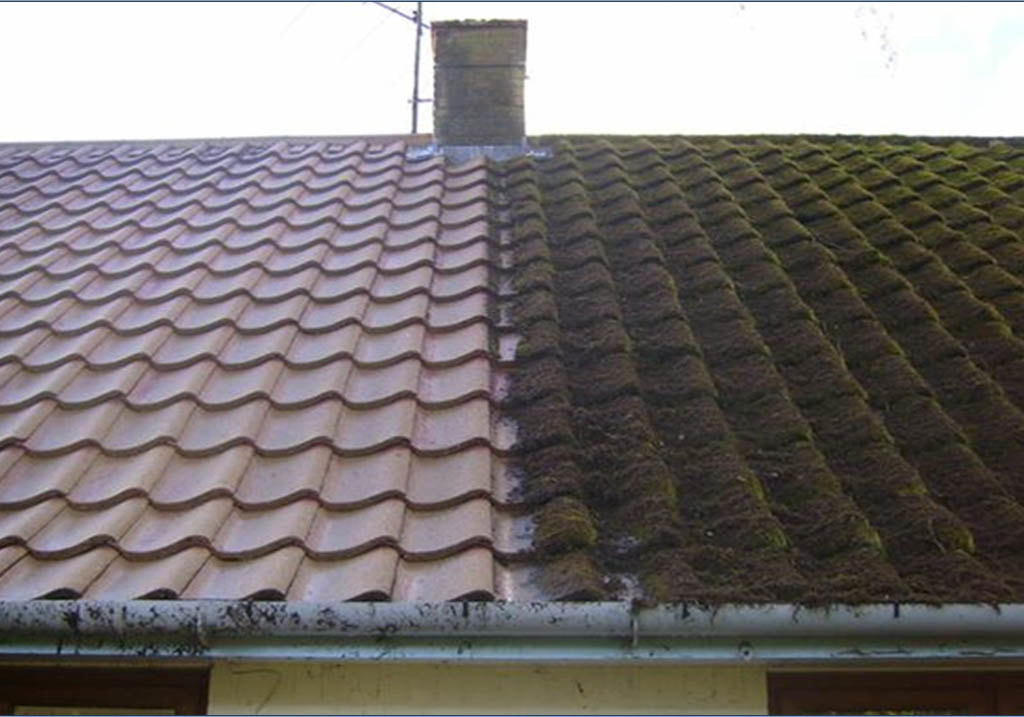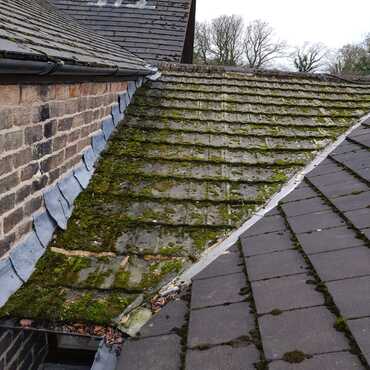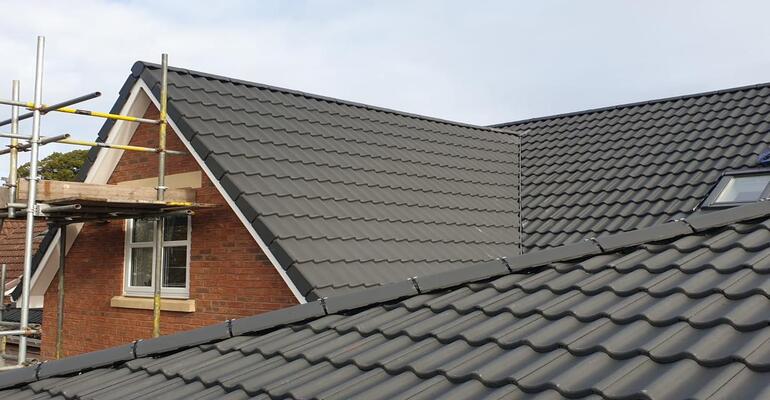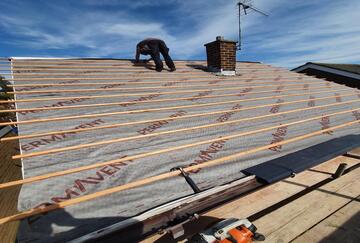Algae Removal from Roofs & Walls: The Complete Guide
The Dangers of Algae Growth on Buildings
✔ Causes unsightly stains and discoloration
✔ Gradually deteriorates building materials
✔ Creates moist environments for mold growth
✔ Makes surfaces slippery when wet
Most Effective Algae Removal Methods
1. Mechanical Methods
* Manual scrubbing: Using stiff brushes or scrapers
* Pressure washing: Under 100 psi to prevent damage
* Steam cleaning: Eco-friendly deep cleaning
2. Chemical Solutions
* Diluted bleach solution (1:4 ratio with water)
* Commercial algae removers
* White vinegar solution (for sensitive surfaces)
3. Natural Alternatives
* Baking soda paste
* Lemon juice with salt
* Diluted tea tree oil
Safe Cleaning Procedure
1. Preparation:
* Wear protective gloves and goggles
* Pre-wet the surface
2. Application:
* Apply chosen solution
* Let sit for 15-20 minutes
3. Removal:
* Gently scrub affected areas
* Rinse thoroughly with clean water
4. Prevention:
* Apply protective coating
* Ensure proper water drainage
Preventing Algae Regrowth
✔ Improve rainwater drainage
✔ Trim nearby trees for better airflow
✔ Apply anti-algae coatings
✔ Schedule bi-annual maintenance
✔ Choose algae-resistant building materials


Frequently Asked Questions
Q: Is bleach safe for all surfaces?
No, it can damage wood and certain stone surfaces.
Q: How often should algae be removed?
Annual cleaning recommended in humid climates.
Q: Do algae removers harm plants?
Yes, protect nearby vegetation during cleaning.
Q: Best time for algae removal?
Overcast days (avoid direct sunlight).
Cleaning Method Comparison
| Method | Cost | Effectiveness | Best For |
|---|---|---|---|
| Mechanical | Low | Moderate | All surfaces |
| Chemical | Medium | High | Most surfaces (with caution) |
| Natural | Low | Good | Sensitive surfaces |
Important Safety Warnings
✗ Avoid high pressure on older roofs
✗ Never mix chemicals without proper knowledge
✗ Ensure proper ventilation during cleaning
✗ Verify product compatibility with your surface
For Best Results:
✓ Test cleaners on small area first
✓ Consider professional cleaning for large areas
✓ Address moisture sources to prevent regrowth
✓ Maintain proper roof ventilation




